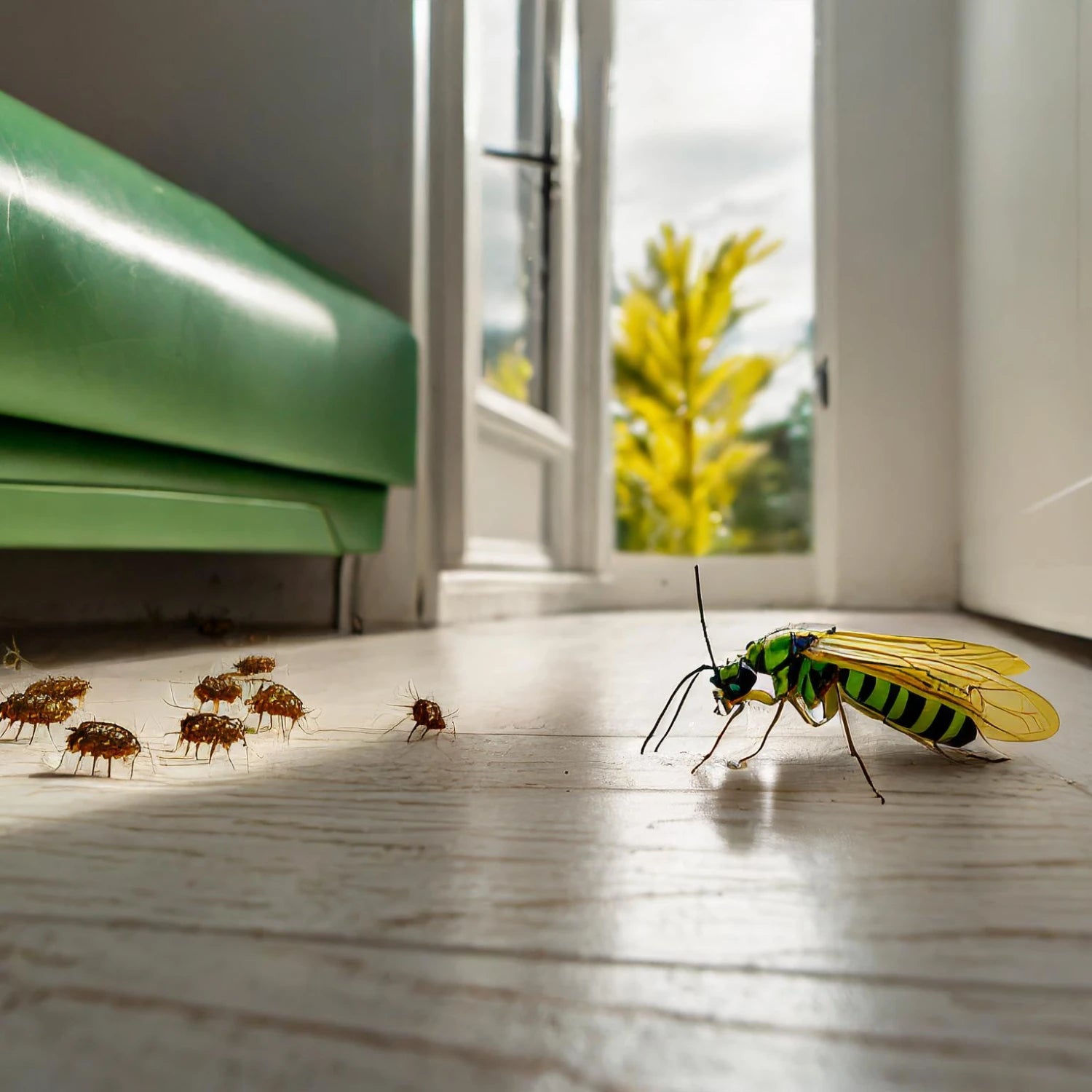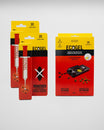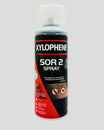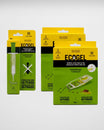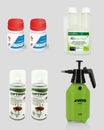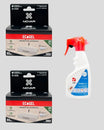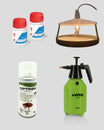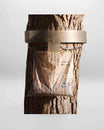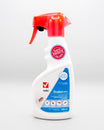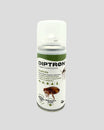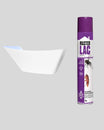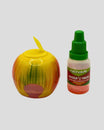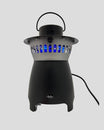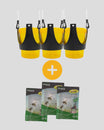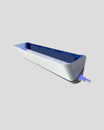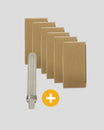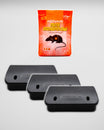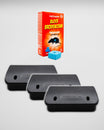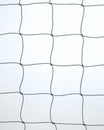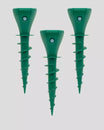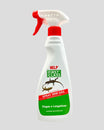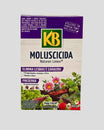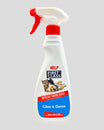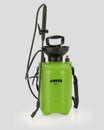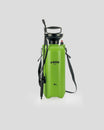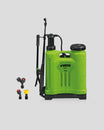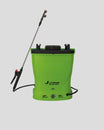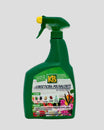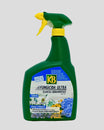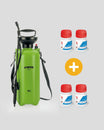Fleas are small, parasitic insects that are known to cause discomfort to humans and pets. Although they are common in domestic environments, their origin and way of life still generate doubts and, often, myths. In this article, we explore where fleas come from, how they settle in our homes and how to identify infested areas, using the Flea Monitoring Trap.
The Origin of Fleas
Fleas are external parasites that feed on blood. Here are the main ways fleas develop:
- Pets: Dogs, cats and other domestic animals are the main entry points for fleas into homes.
- Outdoor Environments: Adult fleas or their eggs can be brought in from outdoors, especially from areas such as parks or public gardens.
- Unwanted guests: Wild animals, such as rats and birds, that access attics or basements can also introduce fleas into the environment.
- Contaminated Locations: Carpets, furniture, or purchased used clothing may harbor flea eggs or larvae.
Flea Life Cycle
Understanding the life cycle of fleas is essential to combating their presence:
- Eggs: After feeding, the adult flea lays eggs that fall into the environments where the host circulates.
- Larvae: The eggs hatch into larvae that live hidden in crevices, carpets and furniture.
- Adults: Adult fleas jump onto hosts, starting the cycle again.
How to Identify Fleas in Your Home
If you suspect that you have fleas in your home, locating where they are is the first step to eliminating them. A Flea Monitoring Trap is an effective tool.
What is the Monitoring Trap?
It is an electrical device that attracts fleas using UV lights, trapping them on a surface with an adhesive screen. The trap will allow you to identify the presence of fleas and locate the most infested areas.
How to Use the Flea Monitoring Trap
- Choose Strategic Locations: Place the trap in areas where there is a suspected infestation, such as:
- Near animal beds or beds.
- Near carpets, sofas and furniture.
- In dark, little-traveled corners.
- Regular Monitoring: Check the trap daily to assess the level of infestation.
- Replace when necessary: Replace the adhesive plate when it is full of insects.
Recomended Products

Flea Monitoring Trap

Kit to eliminate fleas outdoors


